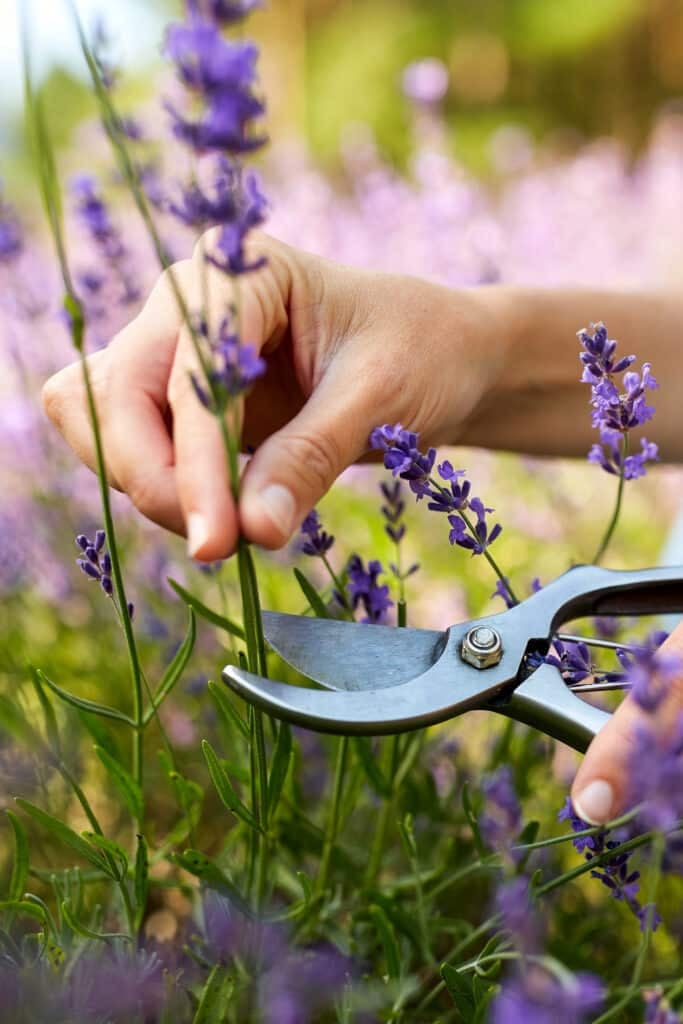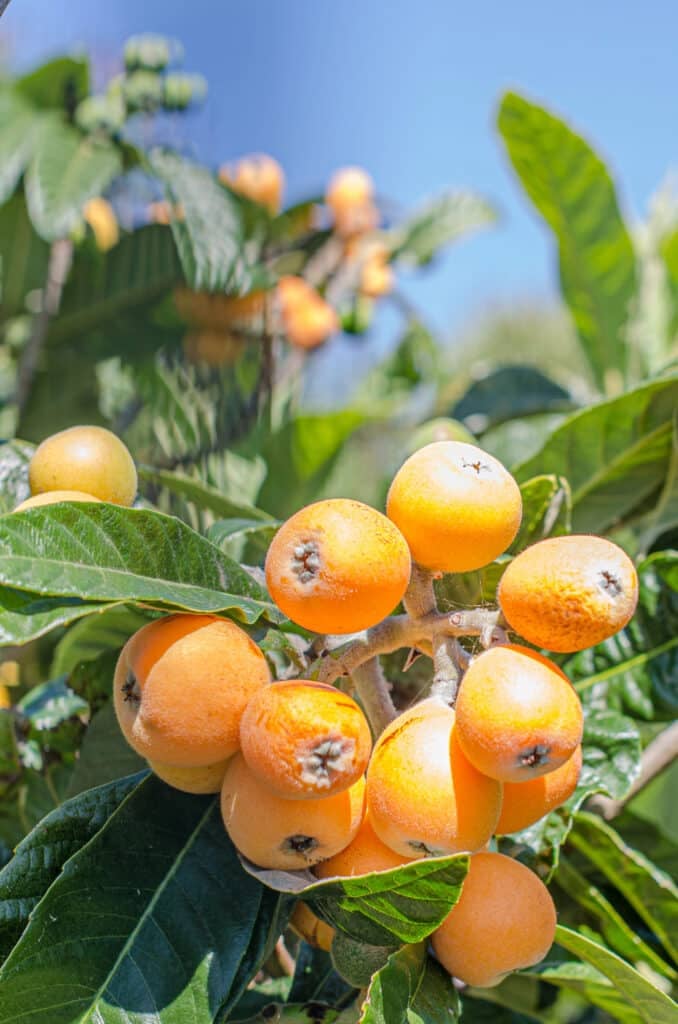Design a Drought-Tolerant Landscape: Step by Step Guide
As water becomes scarcer, many homeowners are rethinking how to design and maintain their front yards. With the right planning, you can transform your outdoor space into a stunning, water-saving oasis that thrives with minimal upkeep—all without sacrificing curb appeal. If you’re a beginner, and have no idea to where to start our guide on how to design a drought-tolerant landscape is the perfect place to start.
Drought-tolerant landscaping goes beyond saving water—it’s also low-maintenance, eco-friendly, and can even increase your home’s value. In this step-by-step guide, we’ll walk you through everything you need to create a beautiful, sustainable yard that not only survives but thrives with minimal water.

Table of contents
- Step 1: Evaluate Your Local Climate and Soil Type
- Step 2: Find Your USDA Hardiness Zone and Choose Local Plants
- Step 3: Design With Hydrozoning
- Step 4: Incorporate Mulch, Hardscaping, and Irrigation
- Step 5: Work With the Natural Contours of Your Yard
- Step 6: Regular Maintenance Made Simple
- Step 7: Avoid Common Mistakes
- Step 8: Take Advantage of Local Resources
- More Gardening Resources:
- Conclusion
Step 1: Evaluate Your Local Climate and Soil Type
The first step in creating a drought-tolerant landscape is understanding the natural conditions in your yard. Get familiar with your climate and soil type to make informed decisions about which plants will thrive.
Microclimates Matter
Take a moment to observe your yard. Some areas might get more sun or shade than others—these are your microclimates. Maybe there’s that one sunny corner that gets blasted by heat in the summer, while a shady patch under a tree stays cool and moist. Knowing these differences can help you choose the right plants for each spot.
Simple Soil Test
Testing your soil is key to figuring out what will grow best. Here’s a quick DIY test:
- Dig a hole about 12 inches deep and fill it with water.
- Let it drain, then fill it again and time how long it takes to empty.
- If it drains quickly, you’ve got sandy soil, which is great for deep-rooted, drought-tolerant plants.
- If it drains slowly, you’re dealing with clay soil. It holds water well but can be tricky for some plants to establish roots.
For a deeper analysis, try a soil texture test using a jar, water, and a sample from your yard. The more you know about your soil, the easier it will be to create a thriving landscape.
For more guidance, you can explore The Ultimate Guide to Drought-Tolerant Landscaping.

Step 2: Find Your USDA Hardiness Zone and Choose Local Plants
Once you understand your yard’s conditions, the next step is to choose plants that suit your local climate. The USDA Hardiness Zones are a great starting point—they tell you which plants can survive your area’s average winter temperatures.
What Zone Are You In?
- Zone 5: Hardy plants like Russian Sage or Sedum will thrive here.
- Zone 7: Lavender and Yucca love this zone’s mild conditions.
- Zone 10: For those in warmer spots, drought-loving plants like Agave and Aloe are ideal.
Use Native Plants for Easier Maintenance
One of the best ways to ensure your garden thrives is by planting native species. Native plants are already adapted to local conditions, making them easier to care for and more water-efficient. Plus, they support local wildlife like pollinators, which is an added bonus!
Check out our guide on 40 Drought-Tolerant Plants for a Stunning Front Yard for specific plant ideas.
Step 3: Design With Hydrozoning
Hydrozoning is a brilliant design technique that groups plants based on their water needs. By placing plants with similar water requirements together, you can conserve water while keeping your landscape lush and vibrant.
How Hydrozoning Works
- High-water plants (like ferns) should be placed in naturally damp areas, such as low spots where water collects.
- Moderate-water plants (like daylilies) thrive in partially shaded areas.
- Low-water plants (such as succulents) belong in sunny, dry locations.
Visualize the Layout
Picture this: lush, green high-water plants at the heart of your garden, surrounded by moderate-water plants, and finally, low-water beauties like succulents along the edges. It’s not just smart—it creates a natural, layered look that adds depth and interest to your yard.
Consider adding decorative rain barrels or a stylish cistern to collect water for your plants. It’s an eco-friendly solution that can also serve as a charming design feature in your yard.

Step 4: Incorporate Mulch, Hardscaping, and Irrigation
Mulch and hardscaping are two powerful tools that can completely transform your yard’s water efficiency and overall look.
The Power of Mulch
Mulching around your plants helps retain moisture, regulate soil temperature, and reduce weeds. Choose from two types:
- Organic mulch (like wood chips or straw) breaks down over time and enriches your soil.
- Inorganic mulch (like gravel or stone) gives a clean, modern look and locks in moisture.
Smart Watering with Drip Irrigation
Drip irrigation is one of the most efficient ways to water your plants because it delivers moisture directly to the roots, reducing evaporation and runoff. You can also invest in a smart watering system that adjusts based on the weather, making your landscape low-maintenance and water-wise.

Step 5: Work With the Natural Contours of Your Yard
Take advantage of the natural shape of your yard by designing with its contours. Features like berms (small hills) and swales (shallow trenches) can help direct rainwater where it’s needed and keep your landscape hydrated.
Maximize Water Retention
- Berms can slow down water runoff and allow it to absorb into the soil.
- Swales help channel rainwater toward your garden beds, where it can be used by thirsty plants.
Hardscaping Ideas
You don’t need to rely solely on plants to make a beautiful garden. Incorporate hardscaping elements like gravel paths, rock borders, or even a dry creek bed. These features not only add visual interest but also reduce the amount of water your landscape needs.
You can explore more ideas in Hardscaping for Drought-Tolerant Yards.

Step 6: Regular Maintenance Made Simple
Once your drought-tolerant yard is established, it’s much easier to maintain than a traditional lawn. But you’ll still need to do some upkeep to keep things looking their best.
What to Focus On
- Pruning and Deadheading: Regularly trim plants to encourage healthy growth and keep the garden tidy.
- Soil Health: Adding compost occasionally will help improve soil structure and moisture retention.
- Watering: Water deeply but less frequently to encourage strong root growth, especially during dry spells.
For an in-depth look at maintaining your drought-tolerant garden, check out our guide on Drought-Tolerant Garden Maintenance.
Step 7: Avoid Common Mistakes
Transitioning to a drought-tolerant garden is easier than it seems, but there are a few mistakes that are easy to make:
- Overwatering: Resist the urge to water drought-tolerant plants as often as regular garden plants. They actually prefer a bit of drought, so less is more!
- Choosing Non-Native Plants: While it’s tempting to add non-native plants to your garden, they may struggle with local conditions. Stick to native plants for the best results.

Step 8: Take Advantage of Local Resources
Ready to start your drought-tolerant garden? Take advantage of the wealth of resources available in your community:
- Native Plant Nurseries: These offer plants that are already suited to your local climate.
- Gardening Clubs: Connect with fellow gardeners for advice, tips, and even plant swaps.
- City Programs: Some municipalities offer rebates for installing water-efficient irrigation systems or removing traditional lawns.
More Gardening Resources:
Conclusion
Designing a drought-tolerant landscape is not only a smart choice for conserving water, but it’s also a fantastic way to create a low-maintenance, eco-friendly yard that enhances your home’s beauty. By choosing the right plants, incorporating hydrozoning, and taking advantage of sustainable design elements like mulch, hardscaping, and smart irrigation, you’ll have a yard that thrives with minimal water.

Author: Laura Kennedy
Writer & Owner of Little Yellow Wheelbarrow










